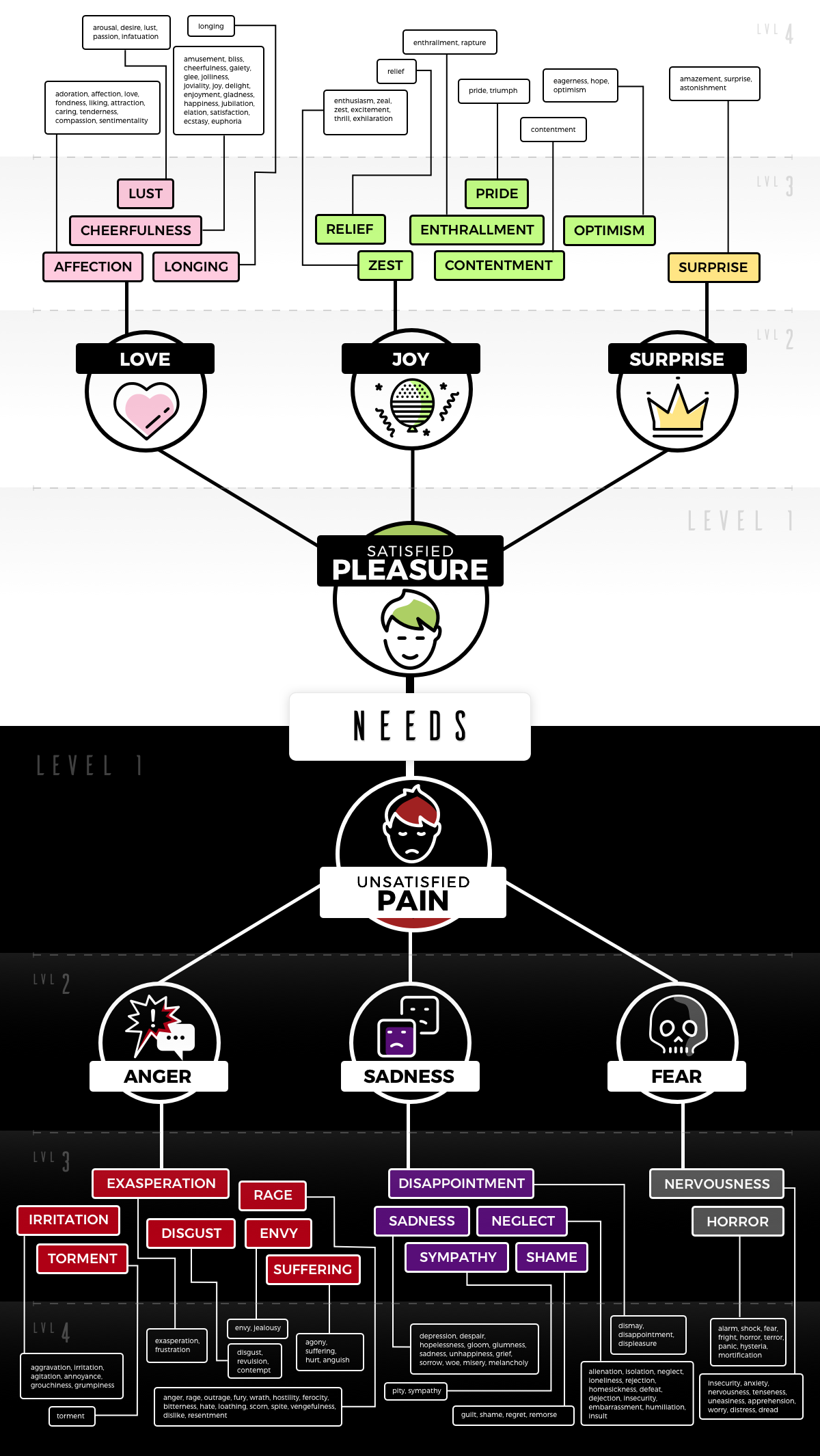Framework
Sustainability is the capacity to achieve enduring self-reliance by satisfying physical, psychological, ecological & socio-cultural needs.
THE GAME OF LIFE
Sustainability can be thought of as an ongoing game with you as your own player. Ecological, socio-cultural & economic systems are interdependent aspects of the gameboard with governing rules or laws. Individuals in government, business, education, non-profits & the community are the players that influence other players & the gameboard. Each individual entity, group & system has needs. We can achieve sustainability by satisfying those needs.
The objective of the game is to optimize physical, psychological, ecological & socio-cultural health & freedom.

gameboard
The gameboard represents the 3 interdependent systems that we interact with:
Players
There are 5 main types of players with a couple key subsets:
Rules
The rules of the game exist for the levels of each interdependent system:
THE GLOBALGAMEBOARD
There are three nested systems that comprise essential elements of sustainability:
THE LOCALGAMEBOARD
Hawaii’s one of the most remote, highly populated places on the planet. It’s also one of the most ecologically & socio-culturally diverse places. The coastlines of our islands make it clear that we have very finite natural resources, just like Island Earth. In this and many other ways, our islands & community are like a mini version of the entire planet… a small scale microcosm of the global macrocosm… which makes Hawaii a perfect place to pilot scalable, regenerative solutions.
In order to become more self-reliant, we have to prioritize how our needs are met and create appropriate structures for needs-based local economies and wants-based global economies.
Five GroupsThe Players
We are each part of one or more related groups – government, education, business, non-profit and the community. Each of us strive to make life better for ourselves, others and the places we live. When each of the interdependent groupsʻ perspectives are taken into consideration in relation to the needs of the ecological, socio-cultural and economic systems, it will enhance our capacity to become more self-reliant and help improve quality of life for all.
GROUP RULESThe Seven Triads of Sustainability
An example rule or ethic is the integration of:
- circumstance as social learning theory: “Do unto others as you’ve had done unto you” reworded as “you give what you get”
- intent as the Golden Rule: “Do unto others as you’d have done unto you” reworded as “you get what you give”
Circumstance precedes intent, but they quickly become a feedback loop to create the following cyclic rule:
…you give what you get what you give…
Individual RulesNeeds-Based Rules of Behavioral Development
Behavior is the integration of being-feeling-thinking, having, doing and interacting in relation to how well our physical, psychological, ecological and socio-cultural needs are met. Each item in the following list represents increasingly complex layers of a nested system.
| EXISTENCE MATRIX | Psychological (mind) the less intangible, information-oriented and often qualitative side of life | Physical (body) the more tangible, energy-oriented, quantitative side of life |
|---|---|---|
| Individual |
|
|
| Group |
|
|
| EXPERIENCE MATRIX | Psychological (mind) the more intangible, information-oriented and often qualitative side of life | Physical (body) the more tangible, energy-oriented, quantitative side of life |
|---|---|---|
| Individual |
|
|
| Group |
|
|
Additional Rules
finite & classifiableNEEDS & SATISFIERS
In order for any of us to live truly good lives we must satisfy our basic needs.
The vertical column on the left represent types of needs. The horizontal column on the top represents existential qualia or different parts of us that make us who we are. When the rows intersect with the columns, we are able to more specifically identify what will help us satisfy our needs. There are multiple types of satisfiers and each satisfier may have different qualities influencing their efficacy: intensity, duration, certainty, delivery, cost, proximity, fecundity, purity, quality, instrumentality, expectancy, direction, number of people whose interests are involved, etc.
| NEEDS MATRIX | Thinking-Feeling-Being (qualities) | Having (things) | Doing (actions) | Interacting (settings) |
|---|---|---|---|---|
| Subsistence |
|
|
|
|
| Protection/security |
|
|
|
|
| Affection |
|
|
|
|
| Understanding |
|
|
|
|
| Participation |
|
|
|
|
| Recreation |
|
|
|
|
| Creation |
|
|
|
|
| Identity/meaning |
|
|
|
|
| Freedom |
|
|
|
|
TYPES OFSatisfiers
Satisfiers can be economic goods, types of social practices, organizations, political structures, subjective conditions, values and norms, spaces, contexts, types of behavior and attitudes. These satisfiers come in three forms: depleters, maintainers and enrichers. Enrichers are best for all situations. Maintainers also work, but less effectively, while depleters should be avoided entirely if possible.
UNDERSTANDINGHuman Emotions
Most of our feelings or emotional responses are based on how well our needs are presently satisfied or were in the past. Below is an infographic of emotions. The root of our emotions are satisfied or unsatisfied needs. If satisfied, we experience some form of pleasure. If unsatisfied, we experience some form of pain. Negative emotions, and their correlated behaviors, most often mean that some need hasn’t been met or that a memory of an unmet need has been triggered. Pain is our cue that something is out of balance and must to be accommodated to regain that balance.

